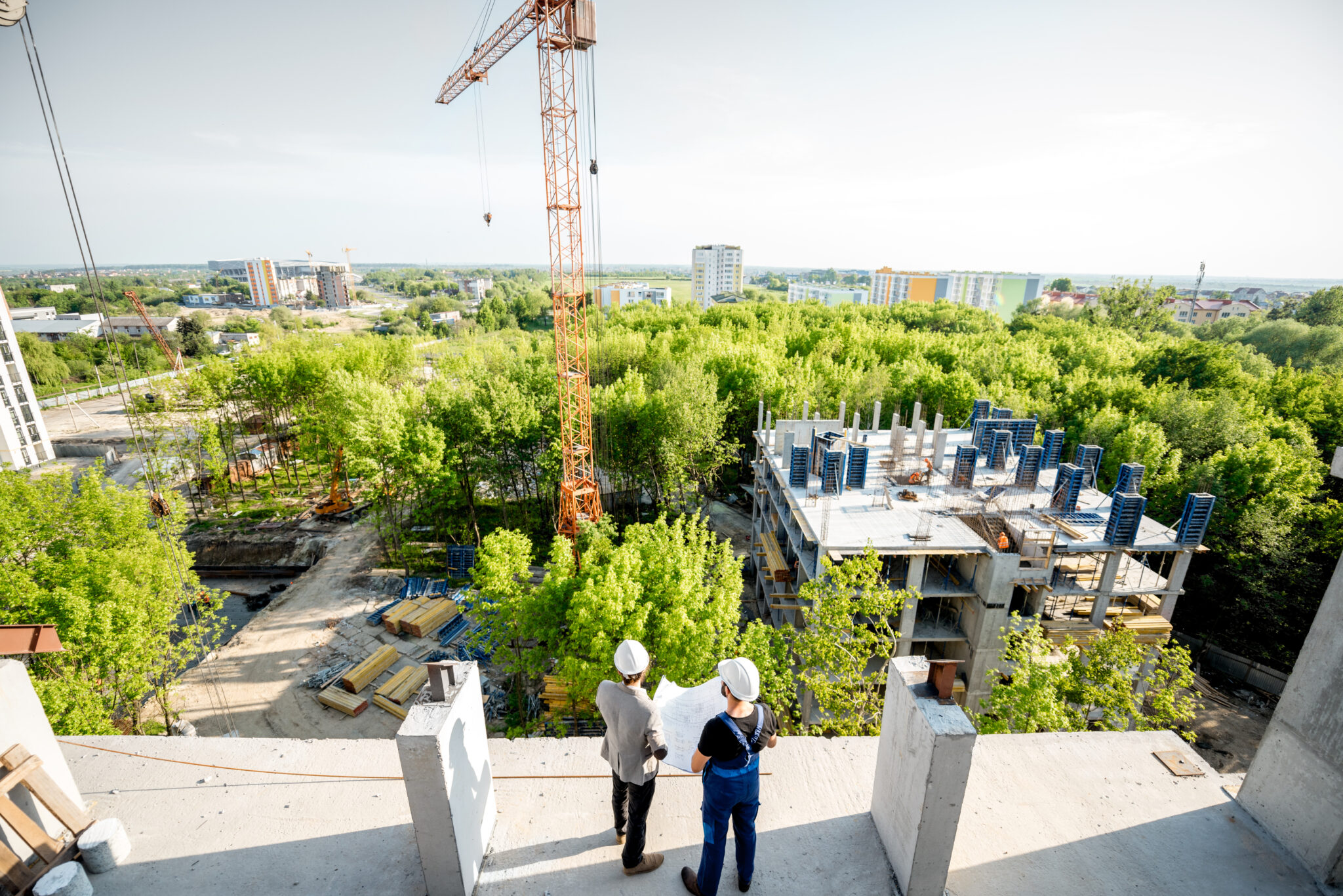When contractors have a job that entails demolition of an old concrete building from the early 1900’s one issue arises with respect to concerns about asbestos being included in the concrete mixture.
Explore 12 Futuristic Technology Trends Solving Concrete's Biggest Challenges.
Noting that asbestos is a heat-resistant fibrous silicate mineral that can be woven into fabrics, it has historically been used for its fire-resistant and insulating qualities and to help prevent cracking. The issue lies in the fact that the inhalation of asbestos fibers aggravates lung tissues, which cause them to scar.
Content writer for the Mesothelioma Center, Faith Franz states, “Asbestos was considered a good fiber reinforcement since it was inexpensive, readily available and easily blended into the mix.”
Since the fibers of asbestos were evenly distributed through concrete mixtures and set in the hardened matrix in the early 1900’s, they are not visible by the naked eye. Whereas tiles or wallboards show wispy asbestos fibers following deterioration, concrete products do not when broken. In order to confirm the presence of asbestos in concrete then, required professional testing before construction is performed on potentially asbestos-contaminated concrete.
When renovations are conducted on older buildings where removal of asbestos is required, workers face the risk of inhaling the fibers and developing asbestos-related diseases. If concrete is discovered to contain asbestos, then any construction must be performed in adherence with the Occupational Safety and Health Construction Standard 29 CFR 1926.1101(g).
Source: Concrete Construction: Asbestos and Old Concrete








